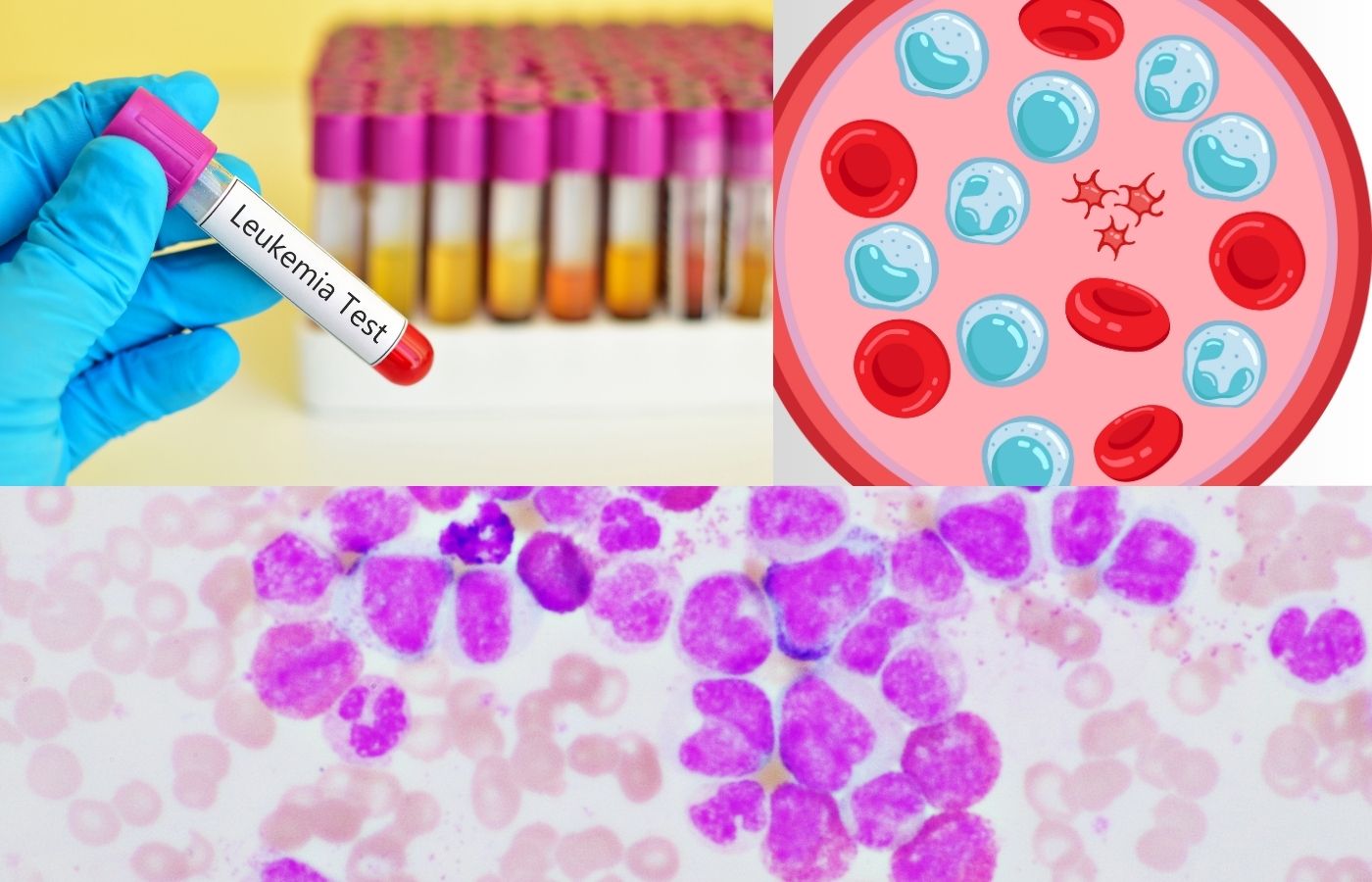
Leukemia is a disease that affects the blood and bone marrow, causing the body to produce abnormal white blood cells. These cells don’t function like healthy blood cells and can crowd out the normal ones, leading to serious health complications. Early diagnosis plays a vital role in managing this condition, and one of the key diagnostic tools is a leuk blood test .
Leukemia is a disease of the blood-forming tissues, including the bone marrow and the lymphatic system. Unlike many other cancers, leukemia typically starts in the bone marrow, where new blood cells are made. In people with leukemia, the bone marrow produces a large number of abnormal white blood cells, which don’t function properly and interfere with the production of red blood cells and platelets.
There are several types of leukemia, including:
The type depends on how quickly the disease progresses and which blood cells are affected.
Leukemia symptoms may vary depending on the type but generally include:
Because many of these symptoms are common to other illnesses, a leuk blood test is often required for a definitive diagnosis.
Diagnosing leukemia usually involves a series of tests and medical evaluations. The process typically begins when a patient presents symptoms that could be related to blood disorders.
One of the first steps in detecting leukemia on a blood test is a Complete Blood Count (CBC). This test measures the number of different types of cells in the blood, including:
Abnormal levels—particularly a high white blood cell count or low red blood cells and platelets—can be an indicator of leukemia.
In this test, a sample of your blood is examined under a microscope to identify any abnormalities in the shape, size, or appearance of blood cells. Leukemia often causes immature or abnormally shaped white blood cells to appear in the bloodstream.
If a leuk blood test indicates potential leukemia, a bone marrow test is usually the next step. A sample of bone marrow (usually from the hip bone) is examined for leukemia cells. This helps determine the type and severity of leukemia.
If you’re wondering how a leukemia on blood test appears, here's what doctors typically look for:
Such irregularities raise red flags and prompt further investigation. A blood test doesn’t always confirm leukemia, but it provides enough evidence to consider more detailed diagnostic tests.
Leukemia is one of many diseases with blood that affect either the production or function of blood cells. Others include:
What makes leukemia unique is that it originates in the bone marrow but has widespread effects on the entire circulatory system. Unlike localized cancers, leukemia cells circulate through the blood, making early detection and systemic treatment essential.
Early detection of leukemia leads to better treatment outcomes. The leuk blood test can often catch the disease in its early stages, even before symptoms become severe. Early diagnosis allows doctors to:
For this reason, routine health checkups and blood tests are especially important if you’re at higher risk—whether due to family history, past exposure to radiation or certain chemicals, or underlying health conditions.
Not everyone needs regular blood tests specifically for leukemia, but certain groups should be more proactive:
If you're in one of these groups, consult your doctor about having a leuk blood test or complete blood count done.
Leukemia is a disease that can be life-threatening if not diagnosed early. A simple leuk blood test or a complete blood count can reveal early warning signs, prompting more detailed evaluations. Recognizing leukemia on a blood test gives doctors a head start in initiating effective treatment.
As one of the most serious diseases with blood, leukemia requires timely diagnosis and specialized care. If you or a loved one are experiencing unusual symptoms or have risk factors, don't wait—get tested, get diagnosed, and get treated early.
Need a blood test or consultation? Visit your nearest diagnostic center and ask for a complete blood count or leukemia screening.